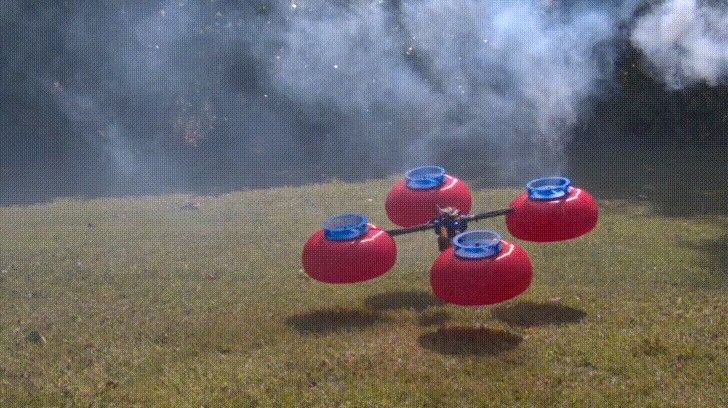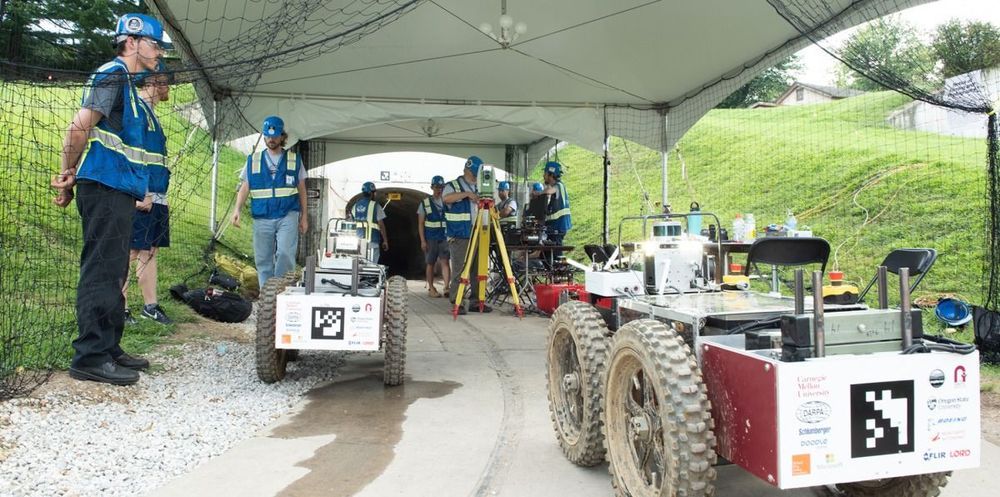That vast majority of quadcopter drones produce thrust in a very straightforward way: the propellers push air downwards at a high speed which creates lift. But that doesn’t mean other means of propulsion can’t be used. YouTuber Tom Stanton often experiments with unconventional drones and methods of propulsion, and in his newest video he has made a drone fly using the Coandă effect.
The Coandă effect, named after Romanian inventor Henri Coandă, describes the propensity for fluids — including air — to cling to convex surfaces as they move across them. That’s because a low pressure zone is created around the curved surface, and the atmospheric pressure of the surrounding air pushes the moving air along. This effect can be used to redirect the flow of air, which is how Stanton wanted to provide thrust for a drone. Instead of having propellers that push directly down on the air, he used an impeller to push air outwards horizontally. The impellers are mounted on top of domes, and the Coandă effect pulls the air downwards to provide thrust.
For his first test, Stanton 3D-printed both the impellers and Coandă effect domes. Those were then mounted on a fairly standard drone frame, complete with a conventional flight controller to adjust the motor speed and keep the drone stable. Unfortunately, that design didn’t perform well and was barely able to take off, unable to even get past the ground effect. He then modified the design to use traditional propellers on top of the domes. That setup performed much better, but Stanton is quick to note that it’s still far less efficient than just omitting the domes altogether — even after accounting for their additional weight.



